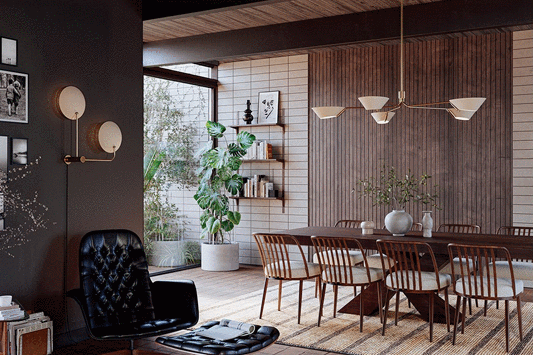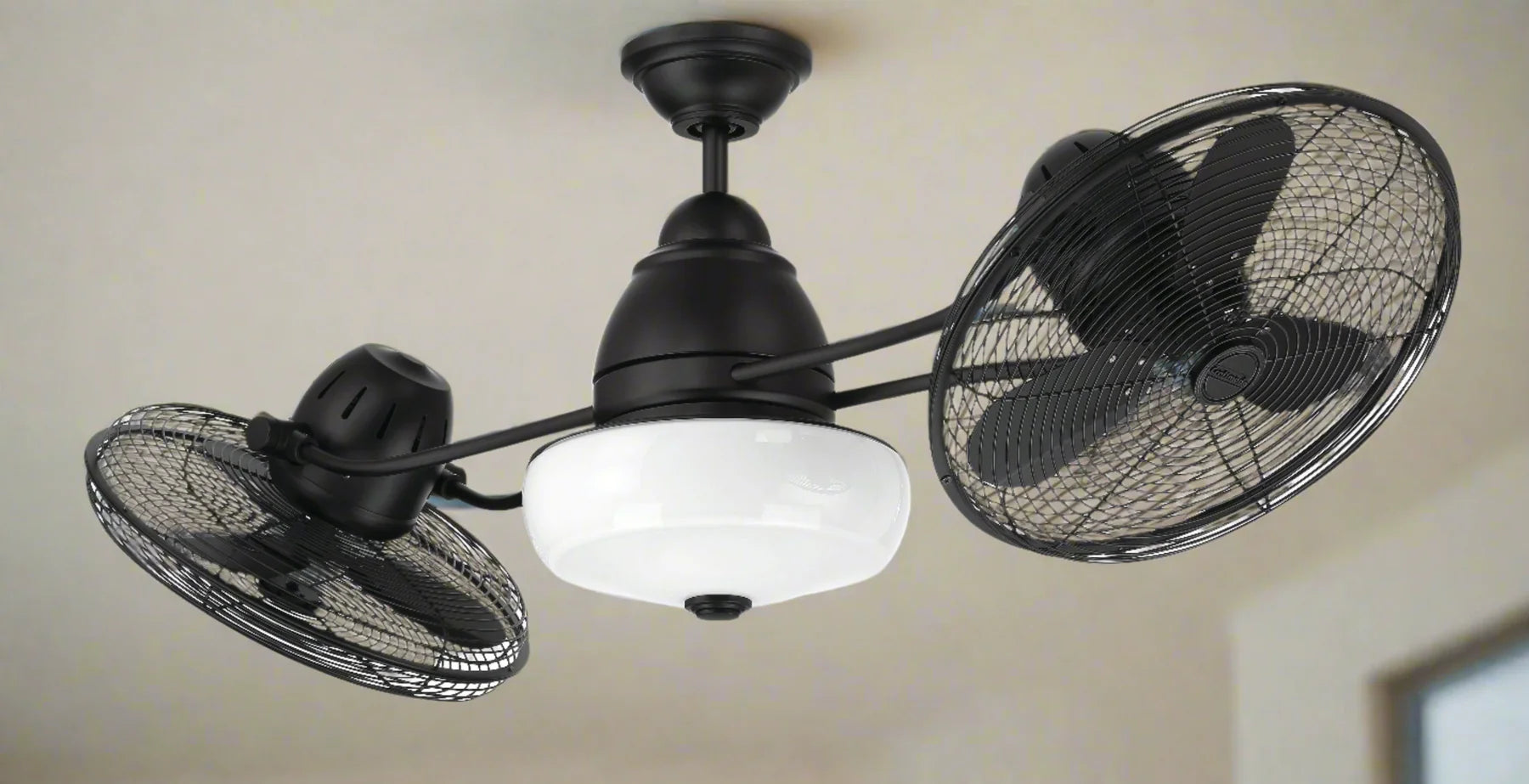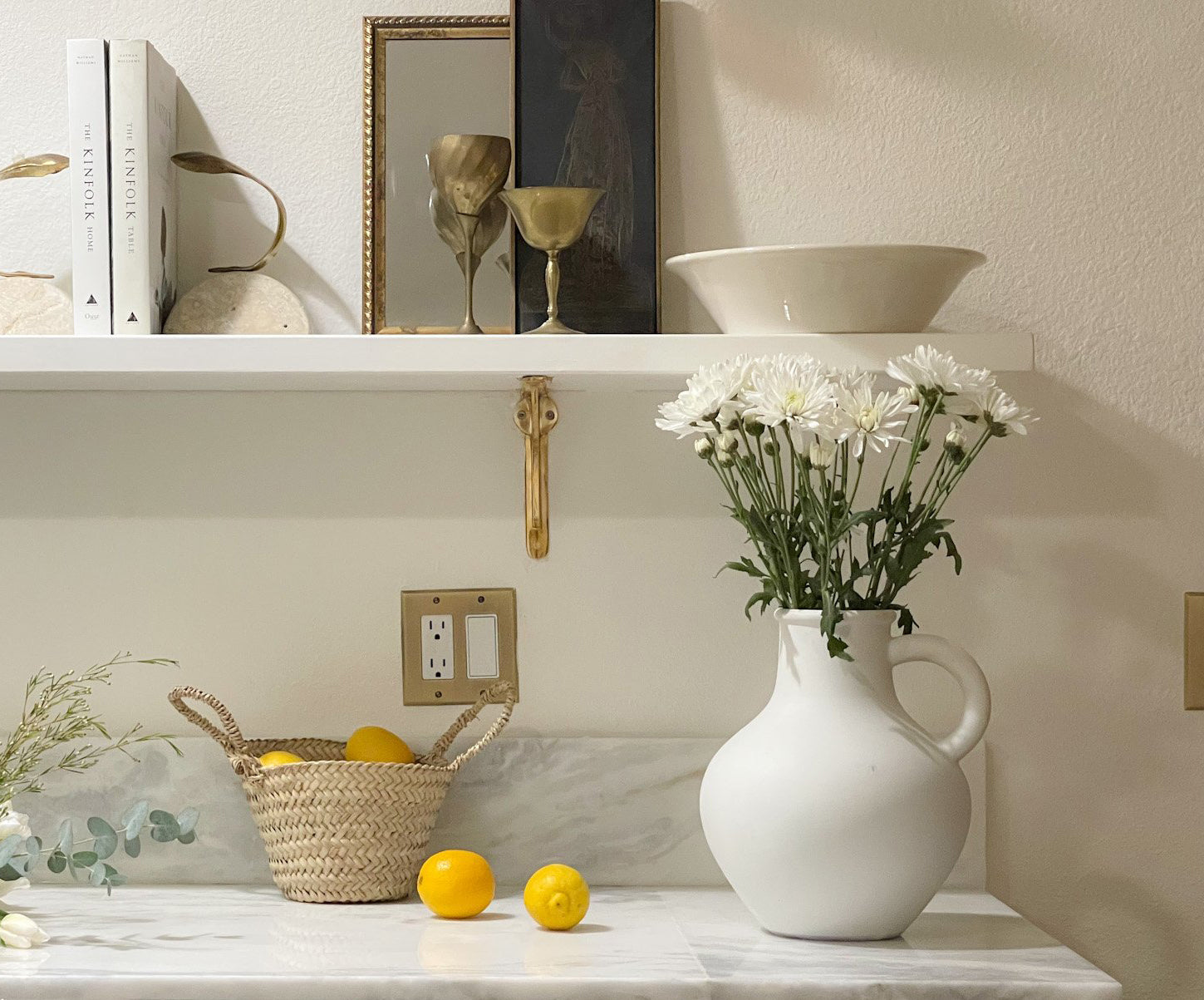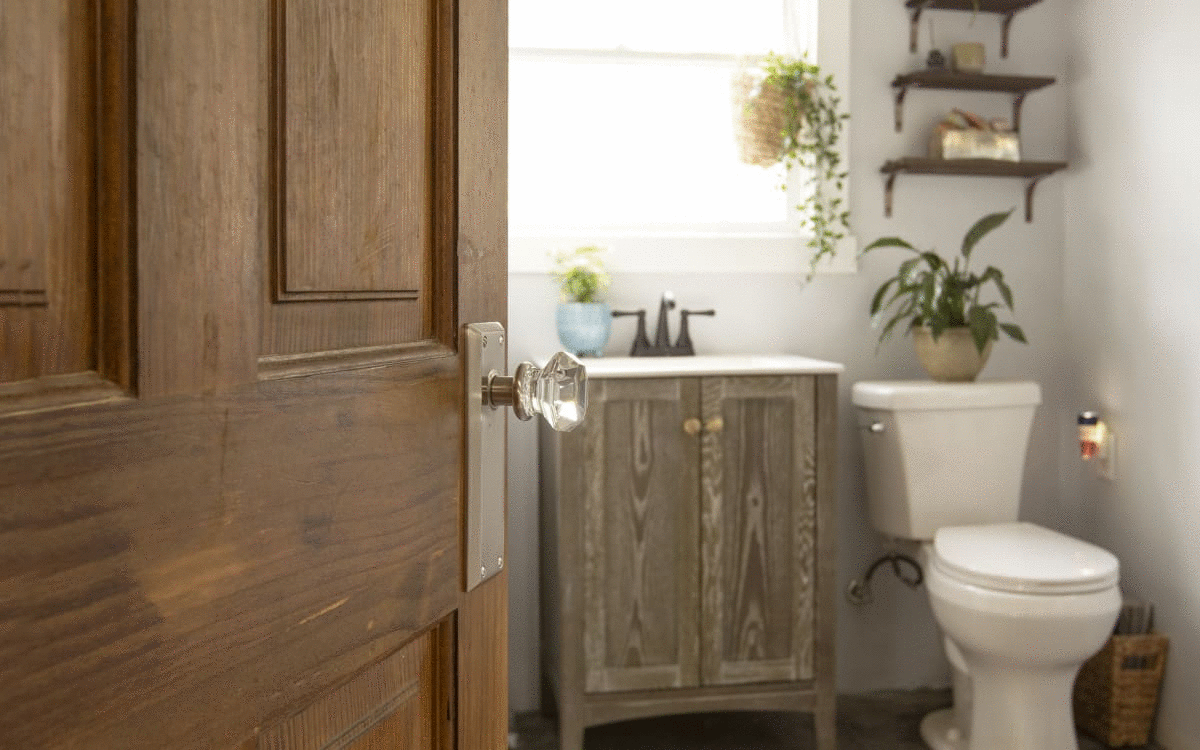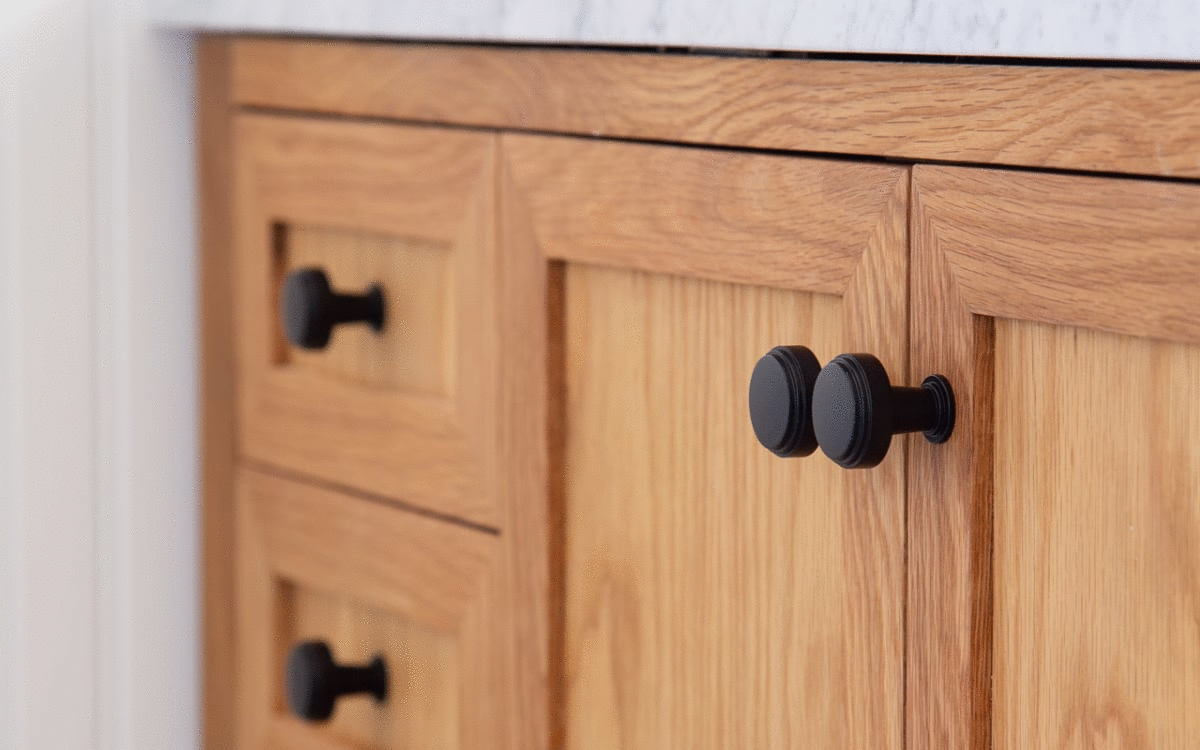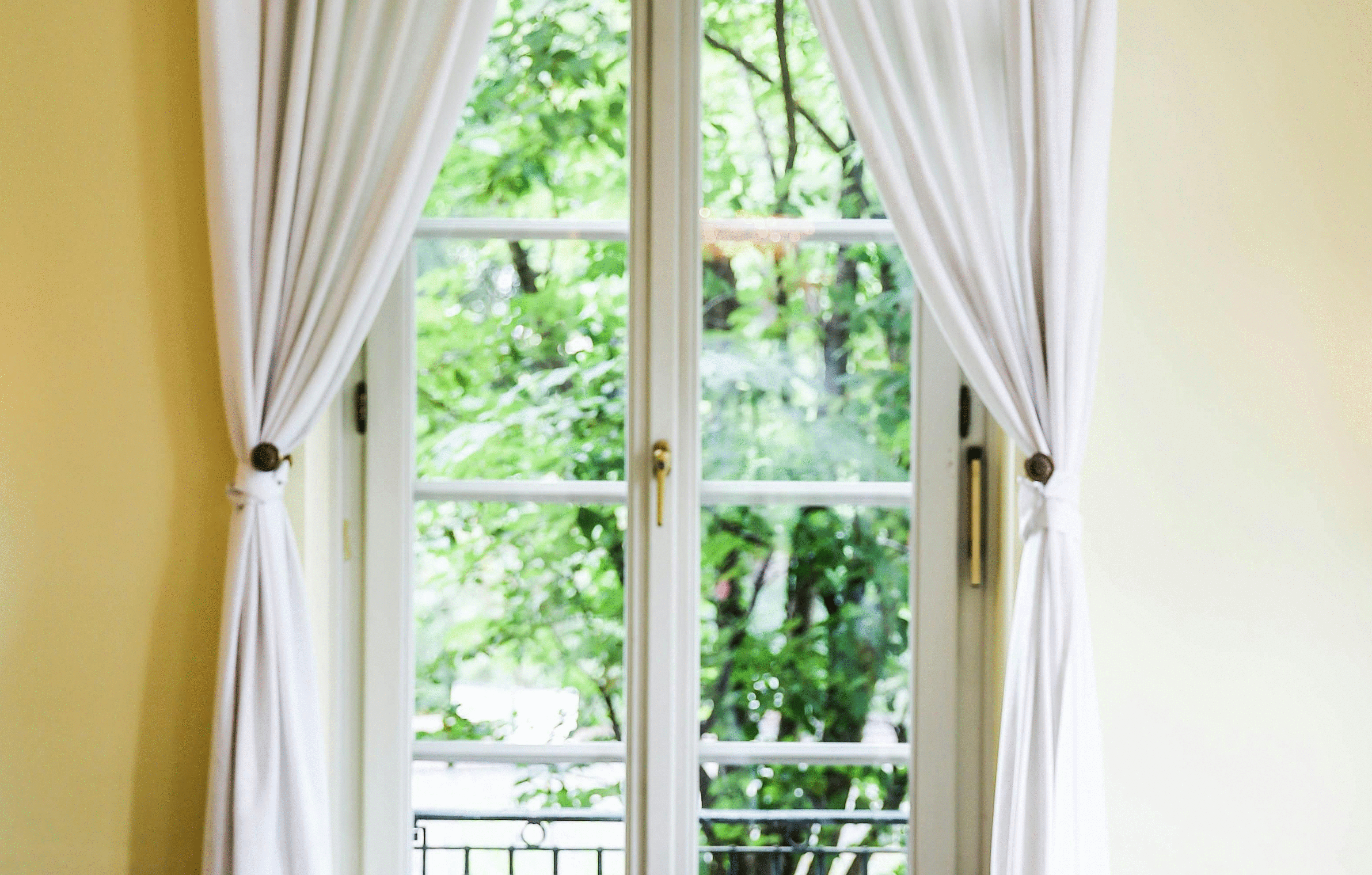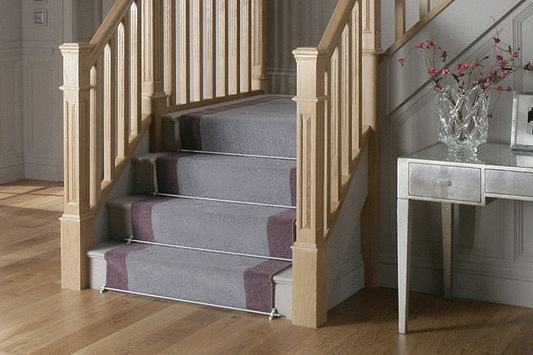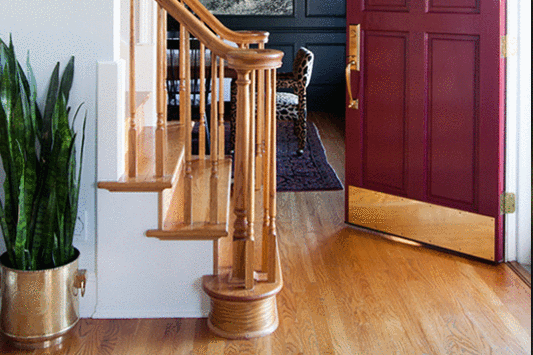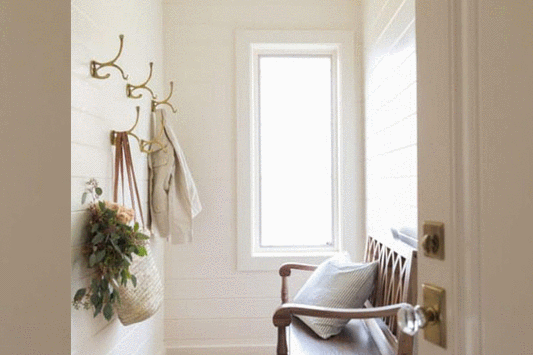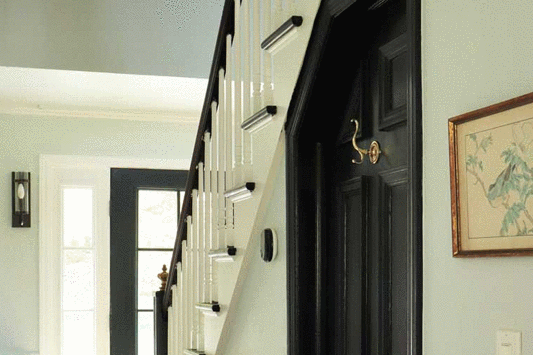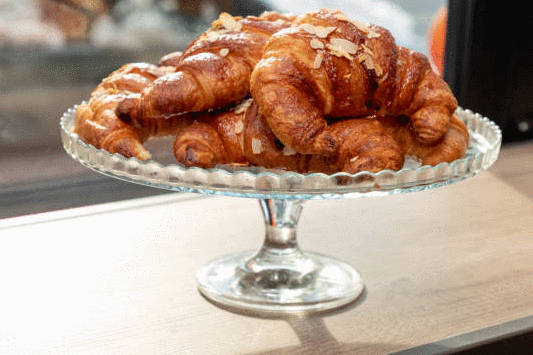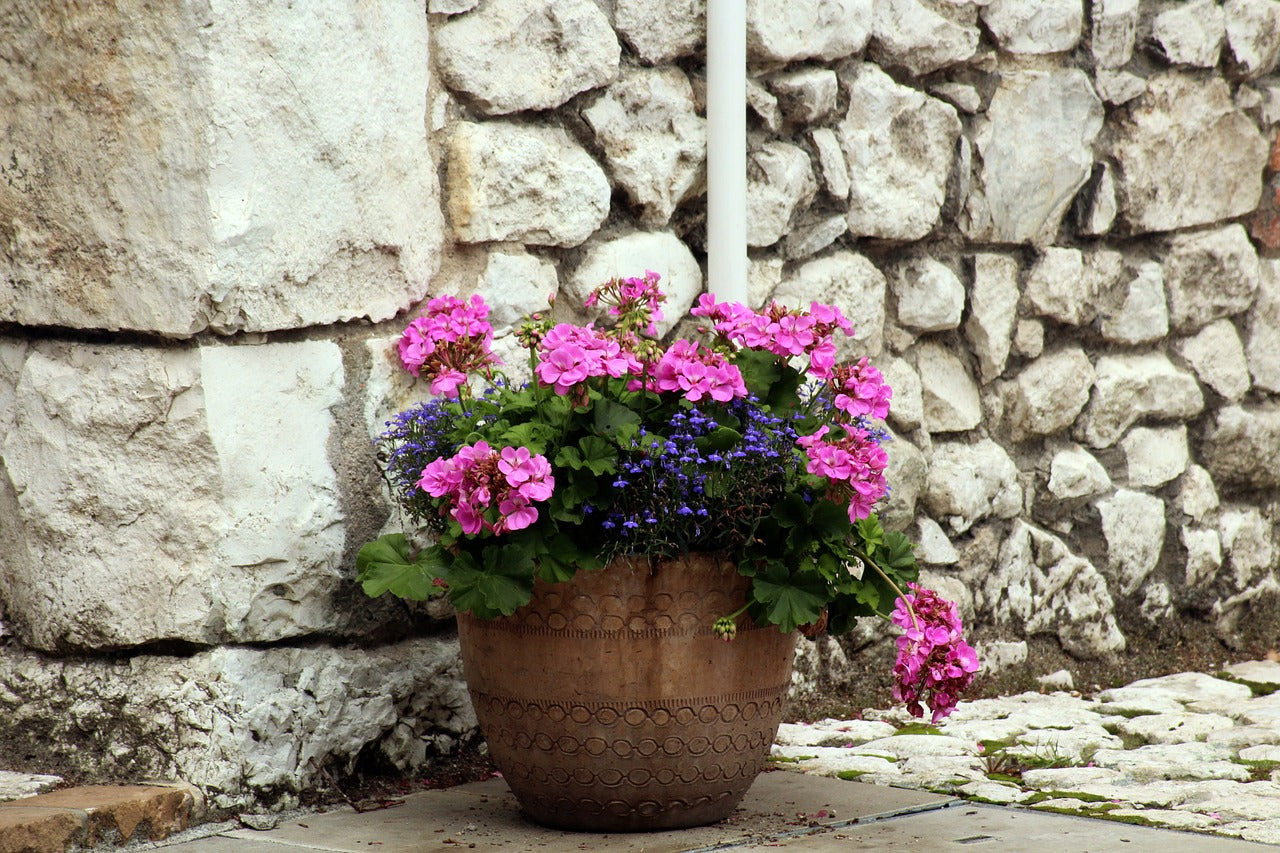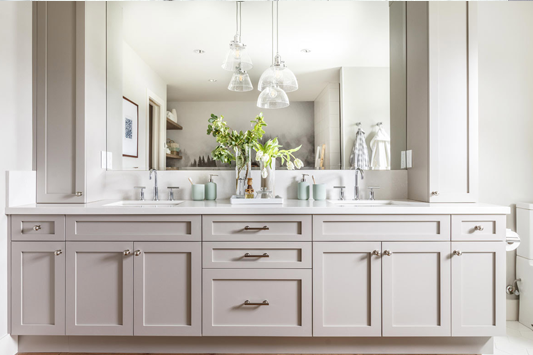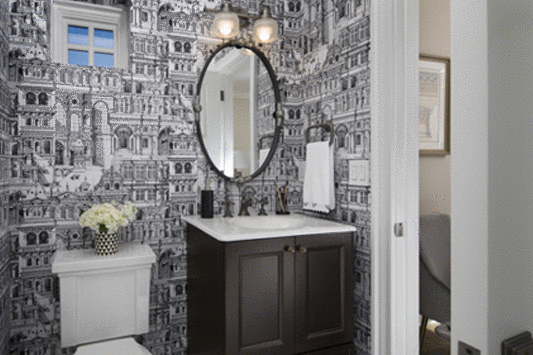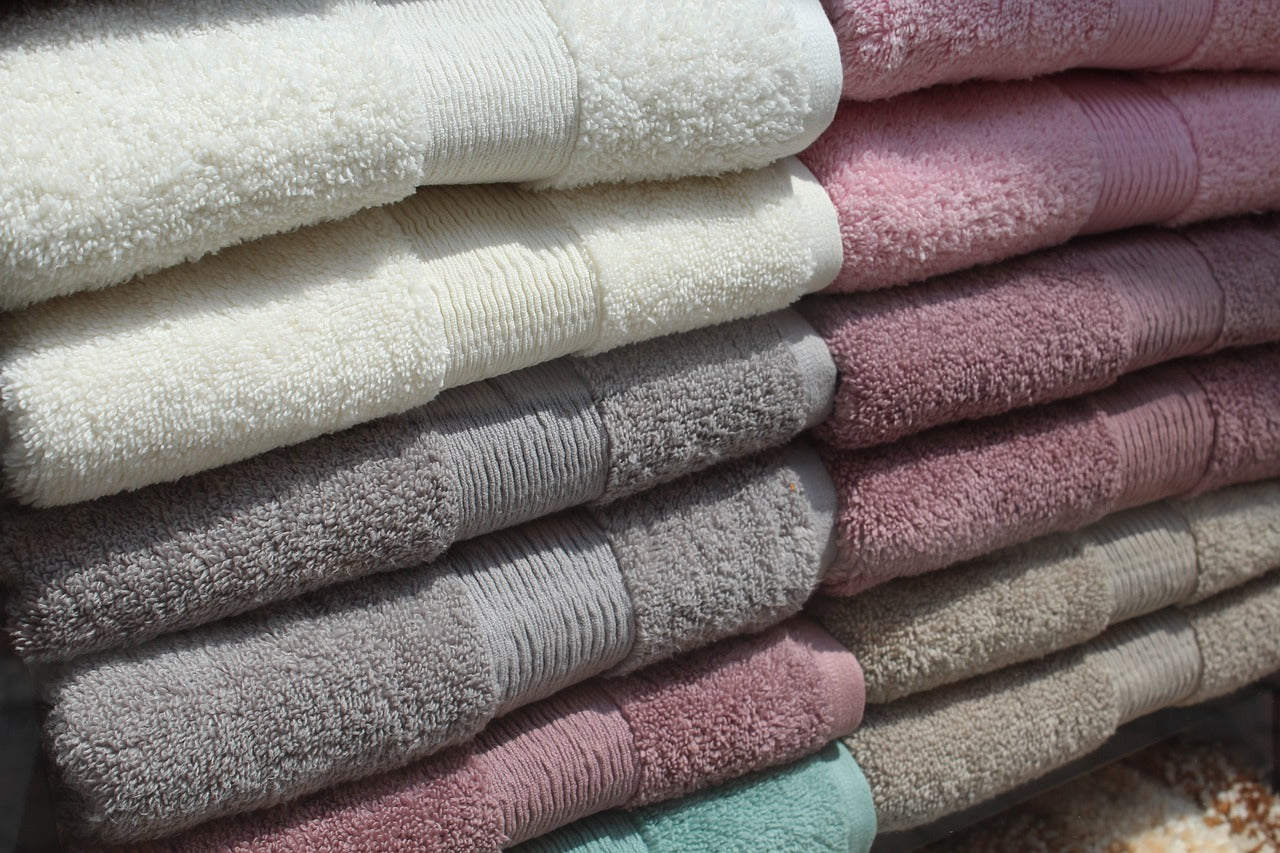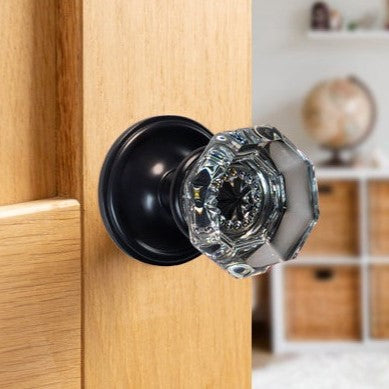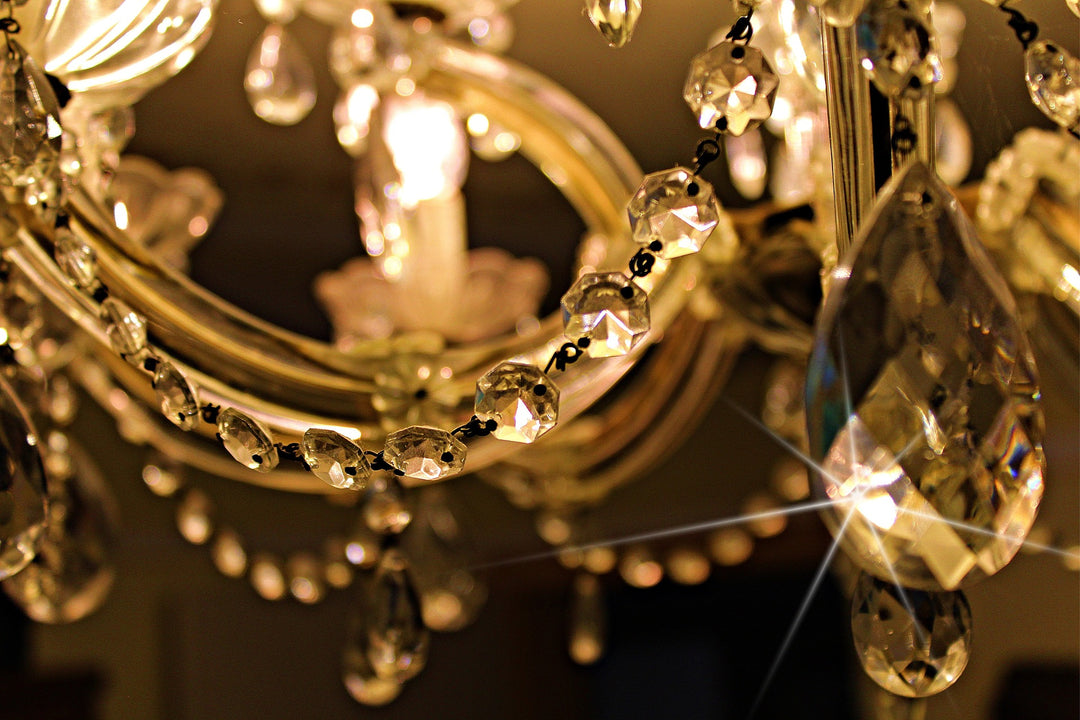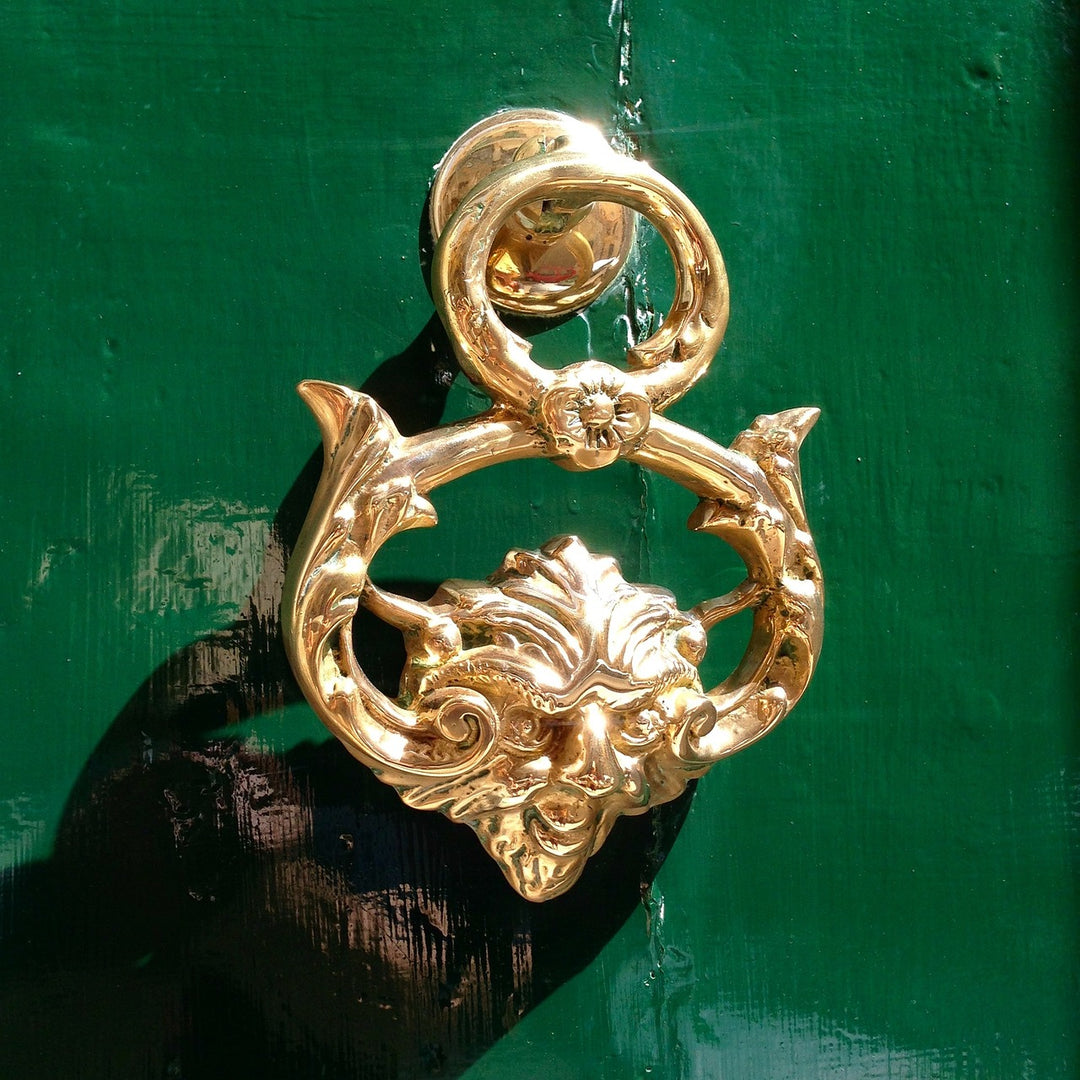Antique Hardware Restoration
Antique hardware can be an appealing way to add a touch of history and character to your home. However, these pieces often show their age, with signs of wear and tear, rust, and other forms of damage. Fortunately, restoring antique hardware is a relatively simple process that can bring these pieces back to their former glory. In this article, we will discuss how to restore antique hardware so that it can be enjoyed for generations to come.

What is Antique Hardware?
Hardware refers to any metal item that is used to attach, secure, or support another object. This can include hinges, handles, knobs, locks, and more. Antique hardware refers to any of these items that are more than 100 years old. Hardware styles have evolved over time, and many antique pieces are unique in design and craftsmanship. Restoring these pieces can help to preserve a piece of history and add character to your home.

Preparation:
The first step in restoring antique hardware is to prepare the item for cleaning. This may involve removing paint, rust, dirt, or other forms of debris. For most pieces, a combination of solvents and abrasives can be used to remove the old coating. One effective method is to soak the hardware in a mixture of equal parts vinegar and water for several hours. This will loosen any rust or grime and make it easier to clean.
Once the hardware has been soaked, it should be scrubbed with a soft-bristled brush and water. A brass or stainless steel brush can be used to remove any remaining debris, but be careful not to scratch the surface. Once the hardware has been cleaned, it should be dried thoroughly with a cloth. If you notice any scratches, they can be removed with a metal polish or sandpaper.

Cleaning:
Once the antique hardware has been prepared, it's time to clean it. There are several cleaning methods that can be used, depending on the type of hardware and the extent of the damage. For brass hardware, a simple polishing with a brass polish can be enough to restore shine and luster. Products such as Brasso, Flitz Polish, and Autosol Metal Polish are effective for removing tarnish, oxidation, and other forms of discoloration. If the hardware is made of iron or steel, rust can be a common issue. Rust can be removed with a wire brush or sandpaper, but be careful not to scratch the surface. Soon after, you can use a rust converter, which can be a water-based solution that reacts with the iron oxide in the rust, turning it into a black, inert substance that can be easily wiped away.
Some people consider vinegar a miracle solution in the realm of cleaning. But as much as it works wonders, especially when it comes to hardware cleaning, it can also discolor your items. Therefore, it's best to use it sparingly. When rust and discoloration are removed, the hardware can be cleaned with soap and water to remove any remaining grime or debris. For lacquered hardware, a degreaser or lacquer remover can be used to remove the old coating. A brass brush can then be used to remove any remaining debris. After cleaning, the hardware should be rinsed thoroughly with water and dried with a clean cloth.

Polishing:
Once the hardware has been cleaned, it can be polished to restore its shine and luster. For brass and copper hardware, a commercial brass polish or homemade solution can be used to polish the surface. Commercial polishes such as Brasso, Flitz Polish, and Autosol Metal Polish are effective for removing tarnish, oxidation, and other forms of discoloration. If you prefer to make your own solution, a mixture of equal parts vinegar and flour can be used to create a paste that can be applied to the surface with a cloth.
For iron and steel hardware, a paste made from a mixture of water and baking soda can be used to polish the surface. A wire brush or sandpaper can be used to remove any remaining debris. Once the surface is clean, a coating of oil or wax can be applied to protect and preserve the metal. If you want to protect your hardware from rust, consider using a clear coat paint or rust inhibitor. If the hardware is plated, polishing should be avoided. Instead, a soft cloth and a mild soap solution can be used to remove dirt and debris. This will help avoid scratching the surface or removing the plating.
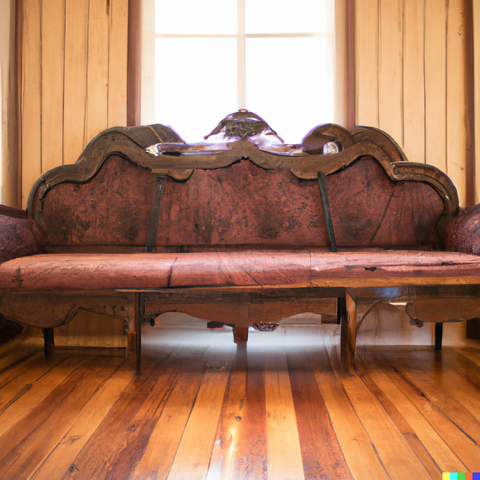
Repairing:
Many antique hardware pieces may have been damaged over time or have parts missing. Repairing these issues can help to restore the functionality and value of the piece. For example, handles with missing screws or hinges that are loose can be repaired by replacing the missing parts or tightening the screws. If the hardware is broken or damaged, a metal epoxy or soldering iron can be used to repair the piece. Be sure to use a suitable adhesive or solder that is compatible with the type of metal being repaired.
If the piece is valuable or has sentimental value, it's best to consult a professional restorer for repairs. For lacquered hardware, scratches and chips can be repaired with a touch-up pen or paint. The hardware should be cleaned and degreased before applying the touch-up solution and allowed to dry thoroughly.

Restoring Hardware for Value and Functionality:
Restoring antique hardware can be a rewarding and fun project that can help to preserve a piece of history. By following the steps we've provided, you can bring new life to old pieces that can be enjoyed for generations to come. Restoring antique hardware can also increase the value and functionality of the item. Antiques that are in good condition and functioning order are highly coveted by collectors and enthusiasts.
By restoring a piece of antique hardware, you may be adding an investment to your home as well. It's important to note that not all hardware is valuable. Some pieces may be damaged beyond repair or have little historical significance. When restoring hardware, consider the value and significance of the piece before investing too much time and money into the restoration process.

Restoring antique hardware can be a fun and fulfilling experience. It's also a great way to preserve history and add character to your home. With a little patience and elbow grease, you can restore old pieces to their former glory and enjoy them for years to come. Remember to properly prepare the item for cleaning, use the appropriate cleaning methods for the type of metal, and repair any damage when necessary. With these tips in mind, you can bring new life to old pieces and enjoy the beauty of antique hardware.



